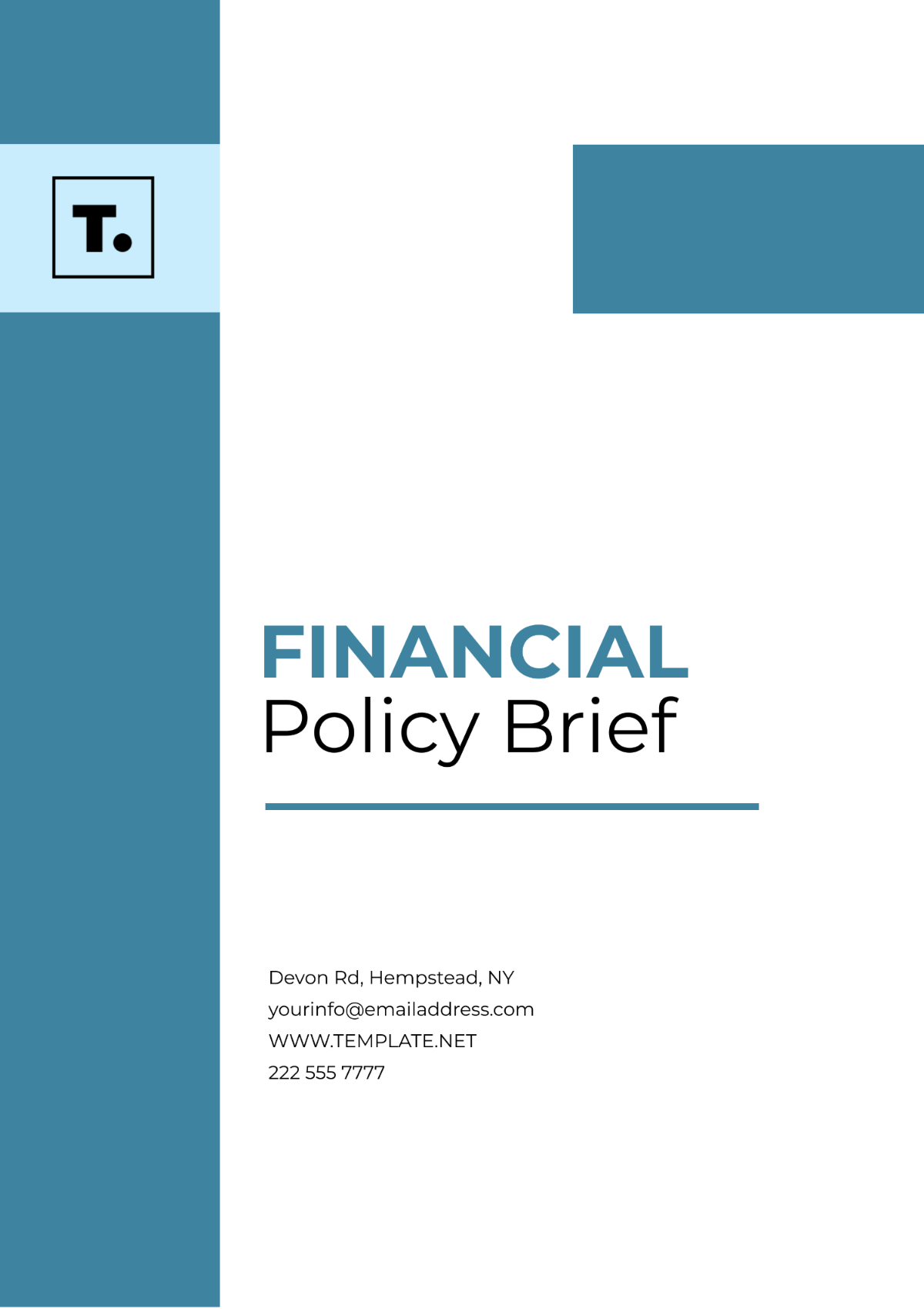Marketing Segmentation Policy
I. Introduction
Marketing segmentation is a fundamental strategy for [Your Company Name], aimed at understanding and catering to the diverse needs and preferences of our customers. This Marketing Segmentation Policy outlines our commitment to implementing effective segmentation practices to drive targeted marketing campaigns and maximize customer satisfaction and brand loyalty.
II. Objectives
Customer-Centric Approach: To identify and categorize our customers into distinct segments based on demographics, psychographics, and behavioral patterns.
Customized Marketing: To tailor marketing messages, products, and promotions to meet the specific needs and desires of each segment.
Improved ROI: To optimize marketing resources by allocating budgets and efforts efficiently to segments with the highest potential for conversion.
Enhanced Customer Experience: To create personalized shopping experiences that resonate with customers, thereby increasing retention rates.
III. Segmentation Criteria
A. Demographic Segmentation
Age: Divide our customer base into age groups such as teenagers, young adults, adults, and seniors.
Gender: Segment based on gender, recognizing the distinct preferences between male, female, and non-binary customers.
Income Level: Categorize customers into different income brackets to offer products and promotions aligned with their purchasing power.
Geography: Segment based on geographic location to accommodate regional variations in style and climate preferences.
B. Psychographic Segmentation
Lifestyle: Segment customers based on their lifestyles, such as fashion-conscious, athleisure enthusiasts, or eco-conscious consumers.
Personality Traits: Identify segments characterized by their personalities, like trendsetters, traditionalists, or minimalists.
Values and Beliefs: Group customers with similar values and beliefs, such as sustainability advocates or fashion-forward individuals.
C. Behavioral Segmentation:
Purchase History: Segment based on past purchase behaviors, including frequency, average spend, and product categories.
Brand Loyalty: Categorize customers by their loyalty level, distinguishing between loyal, occasional, and new customers.
Online Behavior: Analyze online engagement and channel preference, segmenting by platform (website, social media, email).
IV. Data Collection and Analysis
Data Sources: Gather customer data from various sources, including online sales records, customer surveys, social media insights, and CRM systems.
Data Privacy: Ensure strict compliance with data privacy regulations, such as GDPR and CCPA, to protect customer information.
Analysis Tools: Utilize advanced analytics tools and machine learning models to identify meaningful patterns and trends within customer data.
V. Segment Profiling
Create detailed profiles for each segment, including:
Segment Size: Determine the proportion of the customer base represented by each segment.
Characteristics: Describe the typical customer in each segment, including demographics, psychographics, and behavioral traits.
Needs and Preferences: Identify the unique needs, preferences, and pain points of each segment.
Market Potential: Estimate the growth potential and revenue contribution of each segment.
VI. Marketing Strategies
Develop tailored marketing strategies for each segment, including:
Product Development: Create and curate products that cater to the specific tastes and preferences of each segment.
Messaging: Craft marketing messages that resonate with the values and desires of each segment.
Promotions: Design promotions and discounts that appeal to the purchasing behaviors of each segment.
Channel Selection: Optimize marketing channel selection based on the preferred online and offline platforms of each segment.
VII. Implementation and Monitoring
Cross-Functional Teams: Collaborate across departments to ensure the seamless implementation of segmentation strategies.
KPIs: Establish key performance indicators (KPIs) to measure the effectiveness of segmentation efforts, such as conversion rates, customer retention, and revenue growth.
Regular Review: Continuously monitor and update segment profiles and strategies as market dynamics change.
[Your Company Name] is committed to embracing marketing segmentation as a core strategy to understand our customers better and deliver personalized experiences that foster brand loyalty and growth. By adhering to this Marketing Segmentation Policy, we aim to remain at the forefront of the fashion industry and meet the evolving needs of our diverse customer base.
Marketing Templates @ Template.net

















































